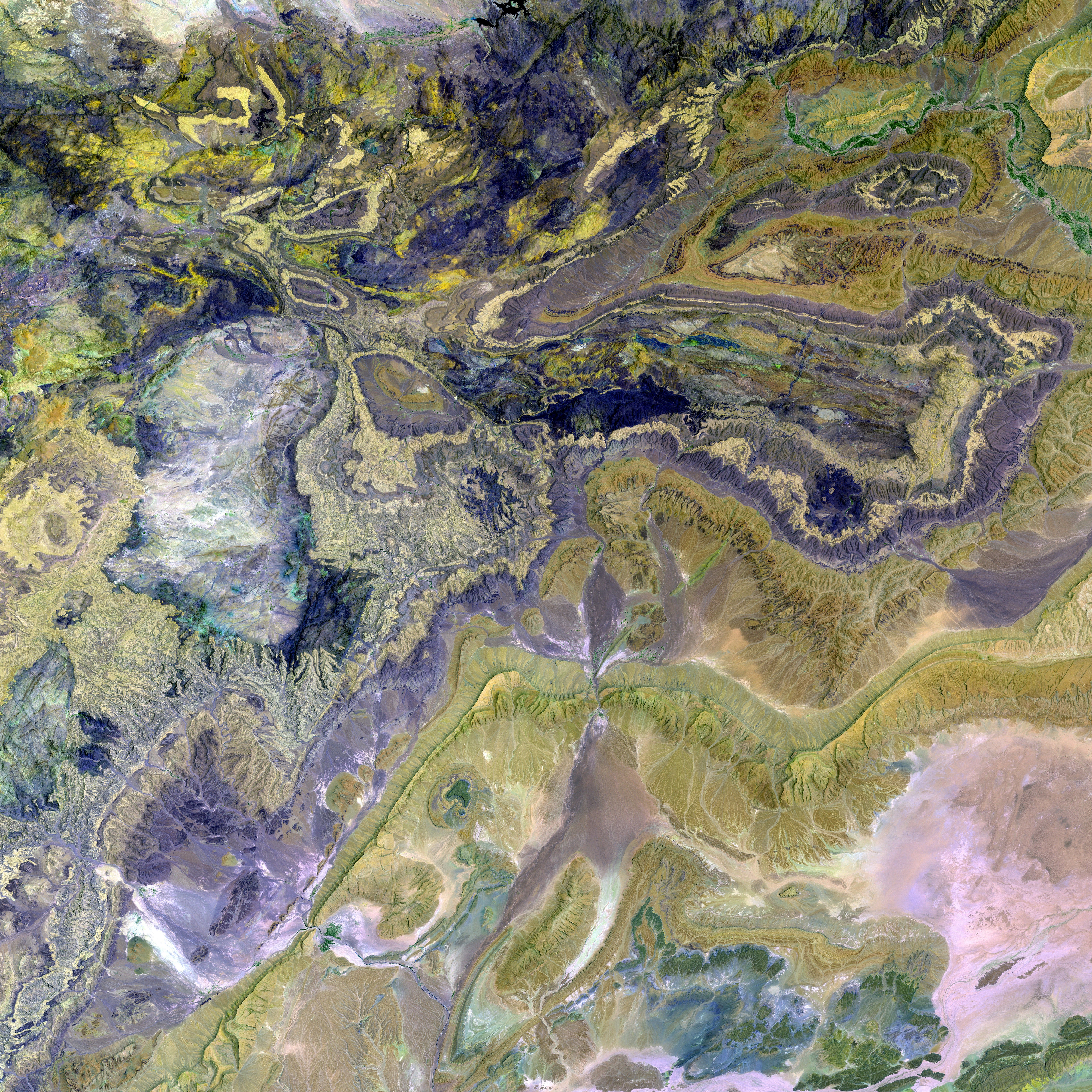Debris from a tumbling spy satellite was the source of the fiery spectacle observed over the skies of Texas last month.
Jesse Ramazami, a Manor resident, encountered an unusual sky phenomenon during a midnight stroll earlier this month. The object appeared to be moving while on fire, leaving a trail of smoke behind. "I've seen a really big meteor before, but nothing like this," Ramazami said, expressing his surprise.
Ramazami, like most of us, pulled out his phone and began recording the event. The video he uploaded to Reddit showcased an object—or objects—that moved slower than a typical shooting star. They seemed to burn and break apart, reminding Ramazami of rockets breaking up as they deorbit.
While many online commentators drew comparisons to the movie "A Quiet Place" or speculated about a long-defunct Russian space probe, the mystery was resolved. Experts at UT Austin's McDonald Observatory matched the time, location, and characteristics of the object in Ramazami's video to a database tracking expected re-entries of orbiting satellites. The matching satellite was identified as Capella 10.
Building and launching satellites has become increasingly accessible, with a record 2,849 satellites launched last year alone. Capella Space, a startup company in the field, began launching SAR satellites designed to see through cloud cover in 2018, including the Capella 10. Launched on March 16, 2023, the Capella 10 was part of a U.S. Department of Defense program aimed at gaining insight into North Korean missile locations.
The Capella 10 appeared to deorbit earlier than expected, a fact confirmed by Capella Space. As a result, the satellite disintegrated upon entering the atmosphere, in line with what Ramazami saw.
As more manmade objects return to Earth's atmosphere, incidents like Ramazami's may become more common. They serve as a reminder that not every unusual sight in the sky is a UFO; often, they are orbiting satellites or rockets. Apart from potential falling debris, the increase in man-made objects re-entering the atmosphere raises concerns about the composition of the Earth's upper atmosphere, with possible repercussions like changes to the ozone layer.
Since posting his video, Ramazami reports hearing from people who saw the same object as far away as Houston, prompting questions about any possible debris landing in the Gulf of Mexico. "I'm just glad I saw it," Ramazami shared. "I'm a little disappointed that I looked at it through a phone. But now I'm kind of happy that everyone's going to get to see it."
- The government, through the U.S. Department of Defense, has been involved in launching satellites, such as the Capella 10, which was identified as the mystery object seen by Jesse Ramazami.
- Science and technology have made it easier for companies to build and launch satellites, with advancements like Capella Space's SAR satellites, designed for use in cloud cover, contributing to the record 2,849 satellites launched last year.
- The increase in man-made objects re-entering the Earth's atmosphere, as seen with the Capella 10, may have impacts on the environment, potentially leading to changes in the ozone layer.




